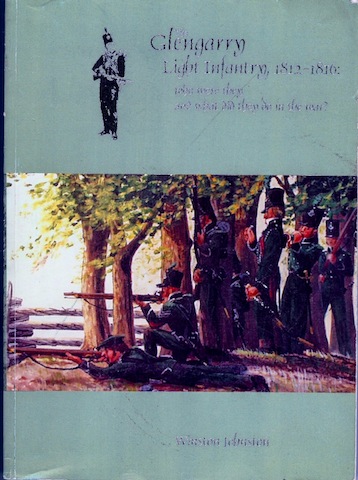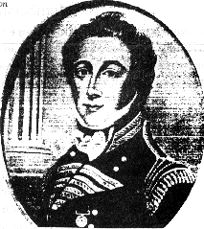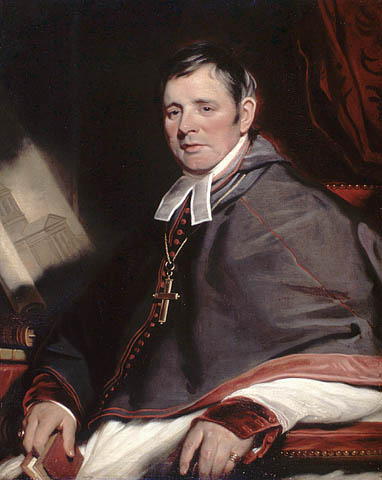The Glengarry Light Infantry Fencibles, 1812


|
WHEN YOU Choose to PURCHASE A BOOK OR CD FROM US YOU ARE MAKING A DONATION TO ASSIST US IN CONTINUING OUR JOURNEY IN PRESERVING GLENGARRY COUNTY & AREA HISTORY
Thank you for that act of Kindness AWF
Taken From Glengarry Historical Society newsletter
BOX 416, ALEXANDRIA, ON KOC 1A0
OCTOBER 2000 Vol. 30 No. 5/6 ISSN 0229-6705
The Glengarry Light Infantry Fencibles, 1812
by David G Anderson
THIS REGIMENT, which looms so large in the history of Glengarry, has never been researched to the extent that it merits - until now, that is. In fact, both regiments of this name suffer from an accumulation of myth and confusion which modern scholarship is only now beginning to set on a factual footing.

The first regiment was raised in Glengarry, Scotland in 1794 under the Glengarry chief with the future Bishop Alexander Macdonell as acting chaplain. Their main action was in County Wexford during the United Irish Uprising of 1798. This being the first Catholic regiment raised in the British Army since the Reformation, there is considerable weight attached to the yet-to-be future role of
Macdonell in the carrying of religious tolerance to further reaches of the empire, in this case Canada and the new Highland settlement of Glengarry.
Subsequent work by Royce MacGillivray, Marianne McLean and others has revealed that the popular legend that the men of the first Fencibles came as an emigration to Canada after their disbandment in 1802 is not true. That they came as single immigrants in later years (and then only a small number of them) is more to the point.
When General Isaac Brock commenced preparations for the conflict that was to be come known as the War of 1812 he looked to the easternmost settlement in Ontario, then as now, a stronghold of loyal Highland Scots most of whom had shown the colour of their own blood in the late American War. Brock's desire to have a military buffer right next to the adjoining colony of Lower Canada was certainly a factor in his approaching his old friend
 Bishop Alexander Macdonell to provide a moral and political focus to the raising of the new regiment which was to be named after the first.
Bishop Alexander Macdonell to provide a moral and political focus to the raising of the new regiment which was to be named after the first.But here is where confusion begins to set in, for at the same time, recruitment began for the various companies of Glengarry Militia, this being the home guard of volunteers who drilled and paraded regularly but were not obliged, nor expected, to be posted far from home nor to be full-time professional soldiers. It is quite understandable that persons with Glengarry ancestors could fail, under the circumstances, to distinguish between military service in either of the two Glengarry Fencibles or the Glengarry Militia. Indeed, until someone works with the War Office records in London at the level of detail about the enlisted men's background there will be great gaps in our knowledge.
Fortunately for all scholars of Glengarry history the work is substantial done and now exists as a manuscript awaiting a publisher. Winston Johnston (who was raised in nearby Winchester and has Glengarry precedents) was a plant pathologist with the fisheries Department in PEI and will present segments of his new findings at our October meeting in Williamstown. He will cover the topics of recruiting, service conditions, capaigns, casualties, officers and men (over 1500) with examples selected from the Williamstown recruited by Captain Archibald Johnson (son of Sir John). He has also been able to name the 48 men who died in action and the 200 that perished of disease. To quote from Johnston's outline "There are many misconceptions of this regiment, but they were an exceptional group of men who achieved much during the war and in later civilian careers."
For more information Contact the Glengarry Historical Society at the above address or David Anderson via e mail at
david@andersonbooks.net
back to the History page
photo of Rev Alexander MacDonell, above, 1st Bishop of Upper Canada form wikipedia
Page created by A F Oct. 15/00, updated 9/12